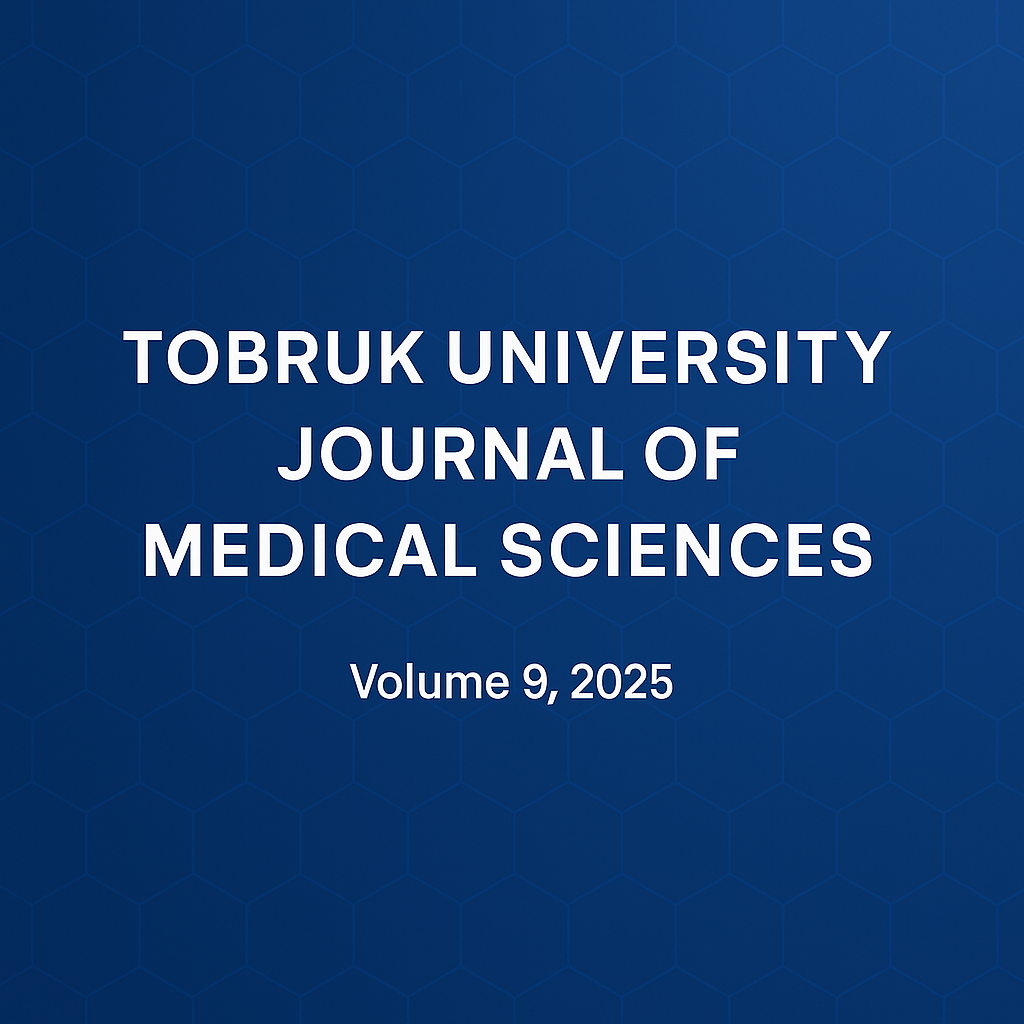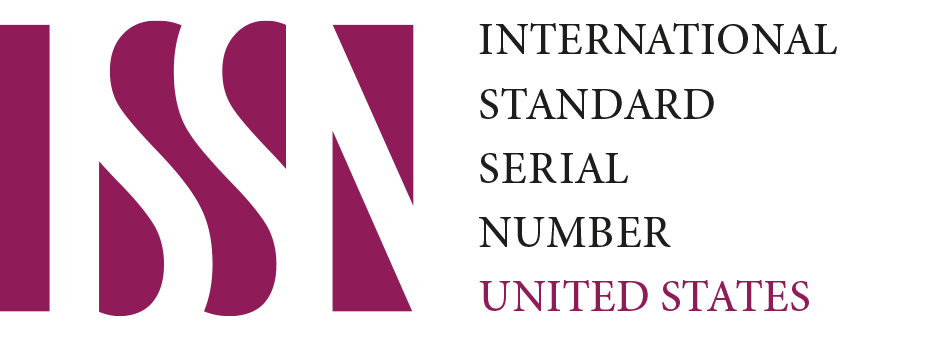Demographic Trends and Clinical Outcomes of Transurethral Resection of the Prostate (TURP) in Tobruk City: A 2020-2024 Analysis
DOI:
https://doi.org/10.64516/9k5hh447Keywords:
Transurethral Resection of the Prostate (TURP), Benign Prostatic, Hyperplasia (BPH), Prostate size, Short-term clinical outcomes, Age-related recovery, Complications, Spinal anesthesia, Blood transfusion, Perioperative complications, TURP syndrome.Abstract
Background: This study aims to assess the short-term clinical outcomes of transurethral resection of the prostate (TURP) in patients with benign prostatic hyperplasia (BPH), examining factors such as the amount of resected tissue, age, prostate size, anesthesia, and complications.
Methods: A retrospective analysis was conducted on 79 male patients (mean age 73.9 years) who underwent TURP between 2020 and 2024. Patient demographics, complications, hospital stay, blood transfusion requirements, and prostate size were reviewed. Statistical analysis was performed to identify correlations between these factors and clinical outcomes.
Results: Age significantly impacted recovery, with patients over 70 representing 69.6% of the cohort. Complications were reported in 20.25% of cases, with dysuria, fever, and urinary retention being the most common. Technological advancements have reduced perioperative complications such as blood transfusions (10%) and TURP syndrome. Spinal anesthesia was used in 100% of cases and associated with fewer complications. Prostate size (mean 19.75g) showed little impact on short-term outcomes, and the average hospital stay was 3-4 days.
Conclusions: The volume of resected tissue did not significantly affect short-term clinical outcomes. Instead, factors such as age, anesthesia type, and surgical technique played a more crucial role in patient recovery. TURP remains a safe and effective treatment for BPH, but further studies are recommended to explore long-term outcomes.
References
1. Hultén JO, Jorfeldt LS, Wictorsson YM. Monitoring fluid absorption during turp by marking the irrigating solution with ethanol. Scand J Urol Nephrol. 1986;20(4).
2. Rothauge CF. [Transurethral laser treatment in bladder neoplasms]. Helv Chir Acta. 1978;45(3).
3. Badawi JK, Maurice PD, Michel S. Transurethral prostatectomyimmediate and postoperative complications. A cooperative study of 13 participating institutions evaluating 3885 patients. Aktuelle Urol. 2003;34(4).
4. Madersbacher S, Sampson N, Culig Z. Pathophysiology of Benign Prostatic Hyperplasia and Benign Prostatic Enlargement: A Mini-Review. Vol. 65, Gerontology. 2019.
5. Bailey K, Abrams P, Blair PS, Chapple C, Glazener C, Horwood J, et al. Urodynamics for Prostate Surgery Trial; Randomised Evaluation of Assessment Methods (UPSTREAM) for diagnosis and management of bladder outlet obstruction in men: Study protocol for a randomised controlled trial. Trials. 2015;16(1).
6. Devlin CM, Simms MS, Maitland NJ. Benign prostatic hyperplasia – what do we know? Vol. 127, BJU International. 2021.
7. Foo KT. What is a disease? What is the disease clinical benign prostatic hyperplasia (BPH)? Vol. 37, World Journal of Urology. 2019.
8. Madersbacher S, Alivizatos G, Nordling J, Sanz CR, Emberton M, De La Rosette JJMCH. EAU 2004 guidelines on assessment, therapy and follow-up of men with lower urinary tract symptoms suggestive of benign prostatic obstruction (BPH guidelines). Eur Urol. 2004;46(5).
9. Shah T, Palit V, Biyani S, Elmasry Y, Puri R, Flannigan GM. Randomised, placebo controlled, double blind study of alfuzosin SR in patients undergoing trial without catheter following acute urinary retention. Eur Urol. 2002;42(4).
10. Hahn RG, Farahmand BY, Hallin A, Hannar N, Persson PG. Incidence of acute myocardial infarction and cause-specific mortality after transurethral treatments of prostatic hypertrophy. Urology. 2000;55(2).
11. Ahn HS, Kim SJ, Choi JB, Choo SH, Shim KH, Kim S Il. Long-term cost comparison between surgical and medical therapy for benign prostatic hyperplasia: a study using hospital billing data. BJU Int. 2019;123(5).
12. Robert G, Cornu JN, Fourmarier M, Saussine C, Descazeaud A, Azzouzi AR, et al. Multicentre prospective evaluation of the learning curve of holmium laser enucleation of the prostate (HoLEP). BJU Int. 2016;117(3).
13. Klingler HC, Madersbacher S, Djavan B, Schatzl G, Marberger M, Schmidbauer CP. Morbidity of the evaluation of the lower urinary tract with transurethral multichannel pressure-flow studies. Journal of Urology. 1998;159(1).
14. Yokoyama T, Nozaki K, Nose H, Inoue M, Nishiyama Y, Kumon H. Tolerability and morbidity of urodynamic testing: A questionnaire-based study. Urology. 2005;66(1).
Downloads
Published
Issue
Section
License
Copyright (c) 2025 Ghareeb Emraji GH (Author)

This work is licensed under a Creative Commons Attribution 4.0 International License.











